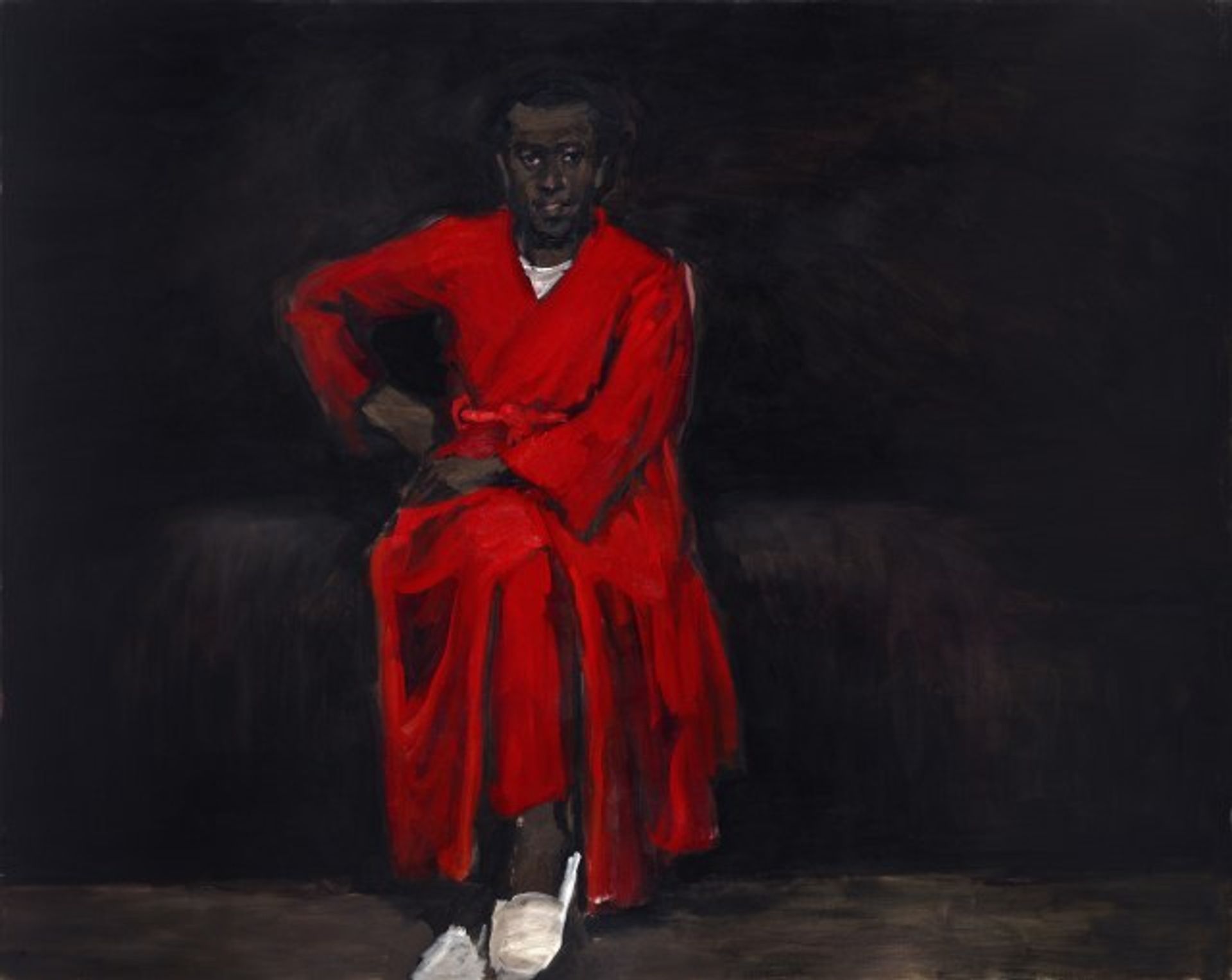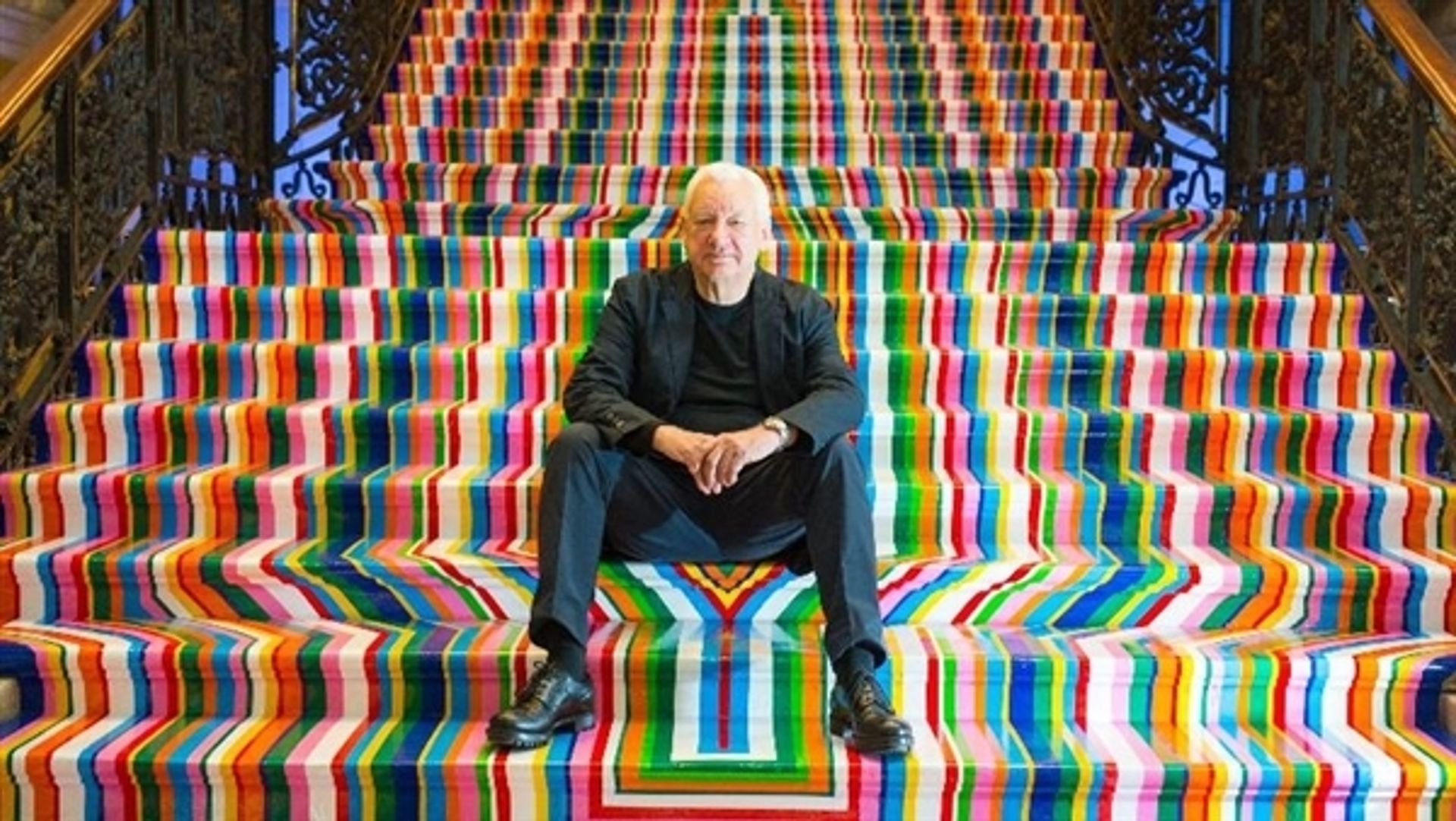Bruce Connor: Crossroads, Thomas Dane Gallery (until 18 July)
The first nuclear weapons test at Bikini Atoll on 25 July 1946 was one of the most photographed events in history: apparently more than half the world’s available supply of film stock was used to record the blast on that day. A fleet of more than 60 aircraft circled the site laden with photographic equipment to capture the event at all speeds and from all angles, including cameras capable of shooting up to 8000 frames a second. Thirty years later, the California-based artist Bruce Connor spliced and edited the abundance of archival footage to create this mesmerizingly, horribly beautiful 36-minute film, which has now been restored in high definition. The awesome, indescribable explosion takes place again and again, repeated more than 15 times to a hauntingly disconcerting soundtrack by Patrick Gleason and Terry Riley. If you only see one artwork this month, make it this one.

Barbara Hepworth: Sculpture for a Modern World, Tate Britain (until 25 October)
Hepworth’s first major London survey for nearly half a century aims to reposition her alongside the hardcore pioneers of Modernist abstraction as well as her Leeds compadre Henry Moore. The artist’s early works are recontextualized amidst the carvings of her interwar contemporaries, and there is a revealing—and touching—examination of the close and creative dialogue with her second husband Ben Nicolson. The final, and rather bizarre, flourish of placing Hepworth’s 1960s bronzes inside a recreation of the Gerrit Rietveld’s Arnhem pavilion (the works’ first home) is another move that underlines her role within the international avant-garde. But this thoughtful and thought-provoking show is blighted by the incarceration of so many of Hepworth’s most intimate and tactile sculptures within Perspex display cases that—while no doubt guarding the assets of their owners—choke the work.

Lynette Yiadom-Boakye: Verses After Dusk and Duane Hanson, Serpentine Galleries (until 13 September)
All art should to be viewed in person, but reproductions are especially inadequate in showing the gloriously rich palette of these darkly intense paintings. They tap into the soberly evocative powers of Manet, Sickert and Velazquez to present a powerful and engaging cast of predominantly black characters. It is hard to believe that these characters are not real people, but have been conjured completely out of the artist’s imagination. The absence and reinstatement of black subjects within the history of art is a key concern here, but so is the sheer physical quality of paint and what it can be made to say and do. Few artists working today are capable of grappling with the language and cultural baggage of the medium as effectively as Yiadom-Boakye.
Over at the Serpentine Sackler Gallery another set of fictional figures seem to come complete with their own back-stories courtesy of the uncannily hyper-real sculptures of the late Duane Hanson. This is a smart curatorial pairing by the Serpentine that presents us with two very different artists playing with ideas of ‘truthful’ representation.

Royal Academy of Arts, Summer Exhibition (until 16 August)
Michael Craig-Martin has given the RA’s annual open-submission artistic bran tub a zinging chromatic makeover. He has commissioned a jazzy multi-coloured stripy staircase from Jim Lambie, and painted some of the main gallery spaces in vivid shades of turquoise, magenta and sky blue. Most importantly, he has also focused on a number of mature artists who deserve a closer look, including the crisp abstractionist Tess Jaray, Vanessa Jackson and his old Goldsmith’s colleague Jon Thompson. The show still groans with an insanely eclectic array of over 1,000 exhibits, but this year—in what is easily the best Summer Exhibition in living memory—there is much more wheat to be found amidst the chaff.
Look out for an intricate, disturbing wall piece by Cathy de Monchaux and a subtly-honed stone sculpture by her father Paul, as well as a wonderfully exuberant painting by the recently-elected Royal Academician Rose Wylie. There are also two excellent solo artist rooms that take the book as their starting point: one is devoted to William Kentridge’s recent paintings of trees on encyclopaedia pages and the other to Tom Phillips’s epic project in which he has artistically intervened in every page of the Victorian novel A Human Document (1892).


